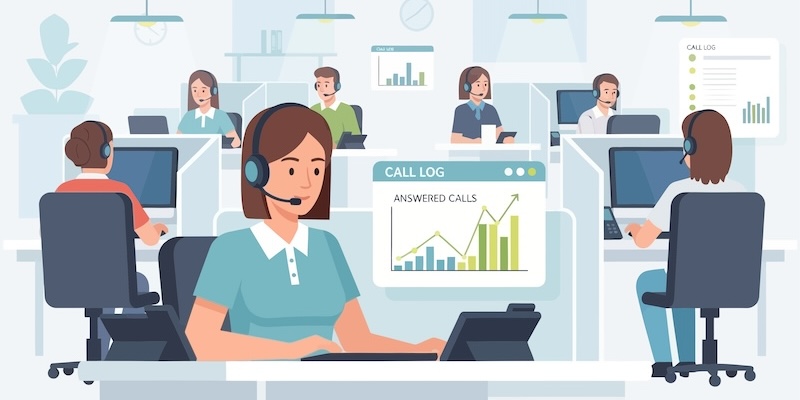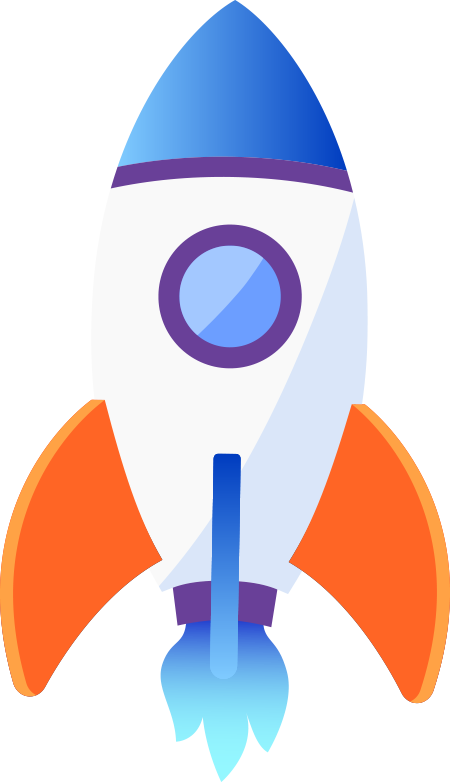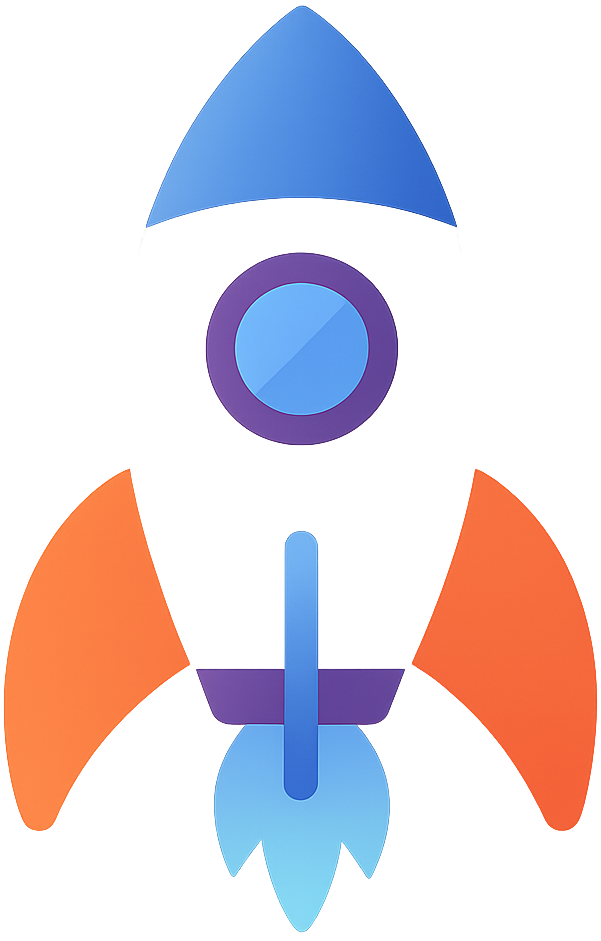
Why AI Automation Accelerates Sales Speed, Output and Conversion
Sales automation used to deliver predictable, incremental improvements. A faster dialer, a better CRM workflow, or a new automation sequence would increase output by a few percentage points. But 2025 marks a fundamental shift. Modern AI sales systems no longer create linear performance gains — they create exponential ones. These gains compound across speed, output, consistency, and conversion. For trend analysis across this broader category, explore the AI Sales Analysis & Trends hub.
This phenomenon can be visualized through what we call the AI Sales Efficiency Curve — a performance arc where efficiency accelerates as automation deepens. Based on new research from McKinsey, Gartner, and Forrester, autonomous systems outperform human-led sales operations in ways that grow disproportionately with scale, data volume, and conversation throughput.
This article breaks down the mechanics behind this curve, the data that proves its impact, and how AI systems like the AI Sales Force platform take advantage of non-linear scaling across Gear, Drive, Turbo, and Powerhouse performance tiers. For the underlying predictive foundations, see the sibling article AI Buyer Predictability in 2025.
Why AI Creates Non-Linear Efficiency Gains
Linear systems improve performance step by step. But AI sales ecosystems generate performance curves — upward arcs driven by compounding advantages. These curves occur for three reasons:
1. Zero human bottlenecks
Humans slow down over time. AI accelerates with every interaction.
2. Compounding data advantage
Each interaction improves future interaction quality.
3. Multi-agent orchestration
AI agents coordinate, compound, and amplify each other’s strengths.
These three factors make AI performance growth exponential — not incremental.
The Efficiency Curve Explained
Gartner’s 2025 Automation Economics Report identifies three stages of AI efficiency acceleration. When visualized on a graph, these stages resemble a rising curve that steepens over time:
• Phase 1: Linear Lift — initial improvements from automation
• Phase 2: Compounding Gains — multi-agent systems reduce friction
• Phase 3: Exponential Output — autonomous closing and routing push performance beyond human limits
This curve is the foundation of 2025’s sales performance breakthroughs.
Phase 1 — Linear Lift: The Early Advantages
The first stage of the AI Sales Efficiency Curve mirrors old-school automation improvements. Response times shorten. Follow-up becomes more consistent. Lead routing improves. Results climb slowly but predictably.
But once AI systems begin analyzing user behavior in real time — sentiment, timing, friction signals, and micro-objections — the curve begins to tilt upward into Phase 2.
Phase 2 — Compounding Gains: Multi-Agent Momentum
The real acceleration begins when an ecosystem of AI agents collaborates. Systems like the AI Sales Team generate exponentially more efficient pipelines by orchestrating specialized agents for booking, qualifying, transferring, closing, and onboarding.
Compounding occurs because:
• Each agent optimizes its role
• Agents share context with perfect memory
• AI routing engines eliminate human variability
• AI corrects micro-friction before it escalates
For a related technical breakdown, review The Rise of Intelligent Sales Automation Platforms.
Phase 3 — Exponential Output: Autonomous Closing & Systemwide Optimization
The most dramatic leap in the efficiency curve occurs when autonomous closing is introduced. This creates exponential lift for one critical reason:
Closing has the highest leverage of any stage in the sales cycle.
Closora — the only AI closer engineered with real sales psychology and capable of collecting payment before intake — removes the biggest bottleneck in revenue operations. Human closers introduce massive variability. AI closers eliminate it.
This produces non-linear improvements in:
• Conversion rate
• Revenue predictability
• Pipeline throughput
• Profit margins
• Cash acceleration
Gartner reports that organizations replacing human closers with AI closers saw closing consistency stabilize by over 62% — proving that predictable psychology-driven closing is the linchpin of exponential revenue growth.
Why AI Systems Scale Better Than Human Teams
Non-linear efficiency occurs because AI systems scale horizontally — more interactions produce more intelligence. Humans scale vertically — more interactions produce less performance.
For example:
• AI gets faster as volume increases
• Humans slow down as volume increases
• AI improves as data compounds
• Humans struggle to remember past patterns
• AI handles infinite complexity
• Humans plateau early
This is the fundamental reason automation produces an accelerating efficiency curve.
The Mathematical Model Behind Efficiency Curves
Automation economists refer to this as an exponential margin effect. Gains come from two multipliers:
1. Interaction Multiplier — more interactions → more data → better predictions
2. Optimization Multiplier — better predictions → better routing → better outcomes
These multipliers compound with each cycle.
The Role of the AI Sales Force in Efficiency Scaling
Efficiency scaling only works when infrastructure supports it. The AI Sales Force platform is engineered for this, offering throughput tiers designed to support different levels of exponential scaling:
• Gear → early efficiency
• Drive → foundational scaling
• Turbo → multi-agent compounding
• Powerhouse → full autonomous acceleration
• Enterprise → AI-driven organizational transformation
Each tier increases the curvature of the efficiency arc.
Why Closora Creates the Steepest Point in the Curve
No system affects the AI Sales Efficiency Curve more dramatically than Closora. This is because closing is the highest-friction, highest-leverage step of the funnel — and Closora removes friction entirely.
Closora is the world’s only AI closer programmed with:
• Cognitive bias sequencing
• Buyer psychology triggers
• Contrast framing logic
• Objection pattern recognition
• Value stacking and risk reversal
• Emotional and tonal calibration
Combined with the ability to collect payment before intake, Closora creates an instantaneous pipeline handoff — dramatically steepening the efficiency curve.
Cross-Domain Effects: Why Efficiency Compounds Beyond Sales
The sales efficiency curve does not only improve conversions. It affects:
• CAC reduction
• LTV expansion
• Faster time-to-revenue
• Leaner staffing models
• Better cash flow and forecasting
These second-order benefits amplify the non-linear nature of AI-driven growth.
Final Thoughts: Efficiency Is Now the Defining Competitive Advantage
The organizations that win in 2025 will not be the ones with the most reps, the best scripts, or the strongest incentives. They will be the ones with the steepest AI Sales Efficiency Curve — the teams that use automation to amplify output beyond human capability.
To design your pipeline’s own efficiency curve, review the AI Sales Fusion pricing tiers to select the performance level that matches your growth stage and throughput requirements.


